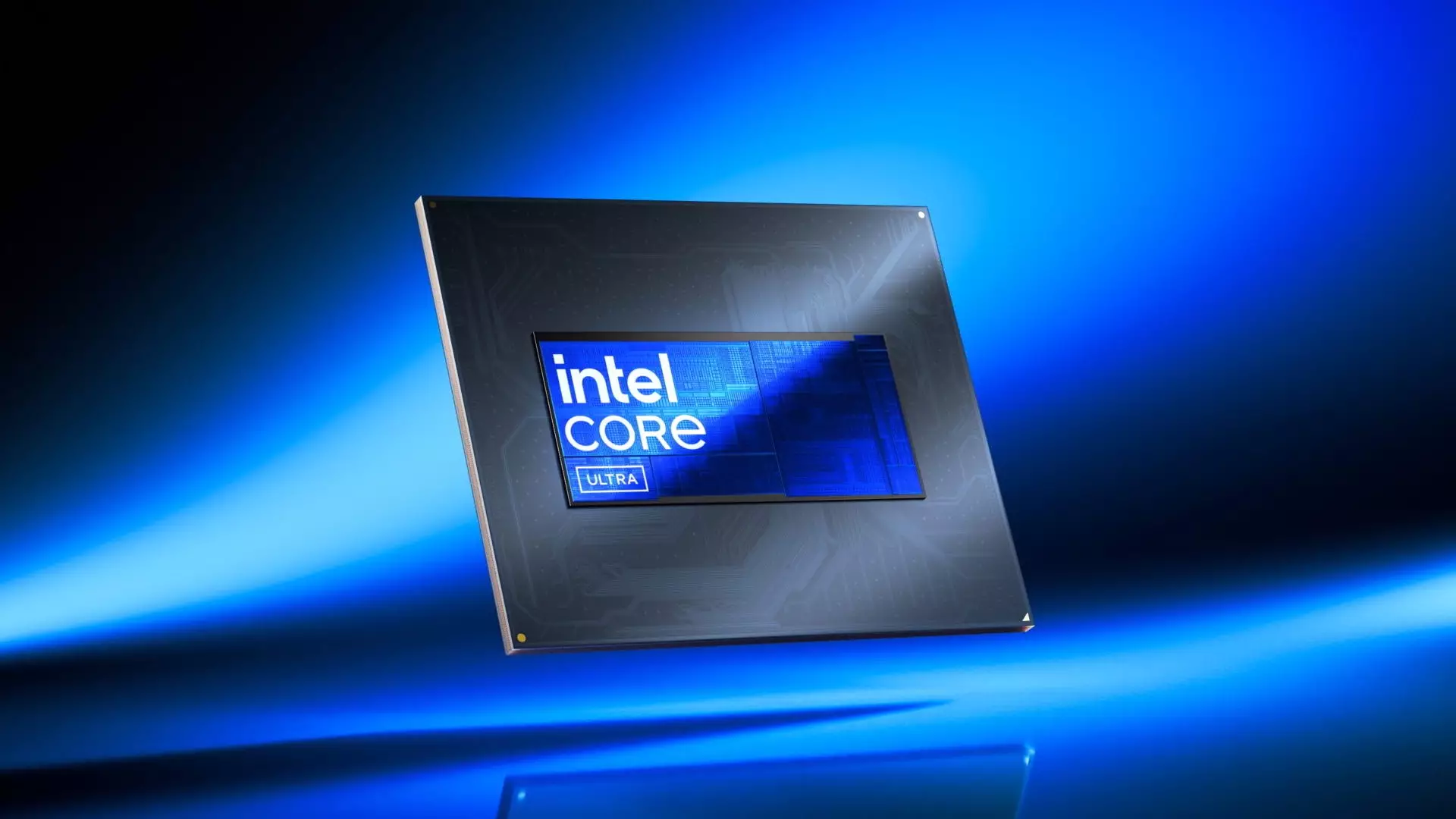Intel, the titan of semiconductor technology, is entering a new era — one that leans heavily on artificial intelligence and a radical rethinking of its marketing strategies. The recent report focusing on the potential downsizing of Intel’s marketing workforce signals not only economic shifts but a pivotal change in how tech giants are approaching brand representation in an increasingly digital world.
Artificial Intelligence: The Double-Edged Sword
The move to outsource marketing roles to the consultancy firm Accenture fundamentally breaks away from tradition, suggesting a profound adaptation to modern business challenges. Instead of relying solely on in-house talent, Intel is willing to reallocate responsibilities to AI-driven technologies, emphasizing speed and efficiency. With evolving market demands, relying on conventional marketing practices has become a bottleneck rather than a boon. It is fascinating to note how companies like Intel are making drastic changes to their operational frameworks — are they sacrificing the human touch at the altar of technological advancement?
From the company’s perspective, the justification for embracing AI appears solid. Intel stated its goal — to streamline operations and enhance decision-making processes. But here lies the conundrum: while AI can indeed process data far quicker than any human team ever could, what of creativity, emotional resonance, and authentic brand storytelling? After all, marketing isn’t merely about numbers; it’s about people. Can algorithms genuinely capture the essence of Intel’s legacy and vision, or do they risk turning a vibrant narrative into a cold, data-driven equation?
The Fallout of Workforce Reduction
Amid these innovations, the specter of job loss looms large. Reports indicate that marketing employees may be transitioned out, with some even expected to train their successors from Accenture. This harrowing combination of layoffs and knowledge transfer uncovers a moral dilemma that cannot be easily brushed aside. Beyond the business move, this raises questions of loyalty, trust, and the fine line between proactive evolution and heartless corporate maneuvering. Employees left behind may not only feel neglected but also find it hard to reconcile their dedication to a company that has suddenly emptied their jobs in favor of machines and consultants.
Intel’s internal communications reveal that perceived sluggishness in decision-making and execution relative to competitors has prompted this dramatic pivot. However, instead of merely addressing these operational concerns, the solution hints at a broader unease within the tech sector. Large-scale firms recognizing their slow movements within an accelerated market landscape may inadvertently contribute to an environment where human resources are disposable.
Branding Blunders: The Case of Intel’s Processor Names
With a nod to market perception, suggestions have emerged regarding how Intel’s product branding might be refreshed. For instance, an outsider’s take offered a striking name like “Intel Titan X,” proposing that names should evoke dominance and exceptional performance while avoiding cluttered alphanumeric combinations that currently characterize Intel’s lineup. This points to a larger branding strategy that needs reevaluation; it is an opportunity for the company to shed its old skin and embrace a fresh approach that better resonates with a tech-savvy customer base.
This speaks volumes about how consumer perception aligns with branding effectiveness. While Intel may possess the technological prowess to lead in silicon development, such details as product names influence public perception. Ensuring that these elements align with the intended brand message could be pivotal in regaining a competitive edge.
Exploring the Future Landscape
As Intel leans closer toward AI integration and shifts in marketing strategy, the impact of these changes presents both opportunities and challenges. With possibilities to reduce costs and amplify efficiency, there remains the question of balancing technology with the human aspect of branding. Will AI’s era at Intel mark the beginning of a streamlined, market-savvy jump or will it lead to a dilution of the human experience embedded within historical marketing frameworks?
What remains certain is that Intel’s trajectory evokes a broader conversation about the place of humanity in an increasingly automated world. Balancing innovation with empathy could well be the crux of success — or failure — for giants like Intel moving forward.

